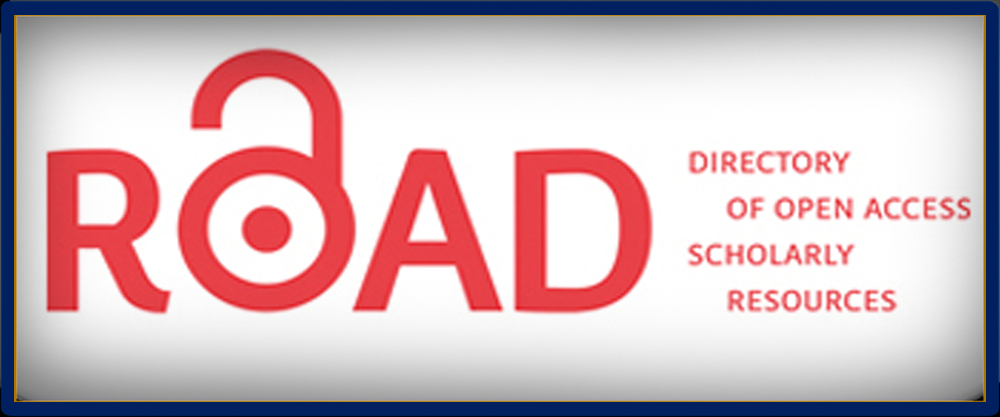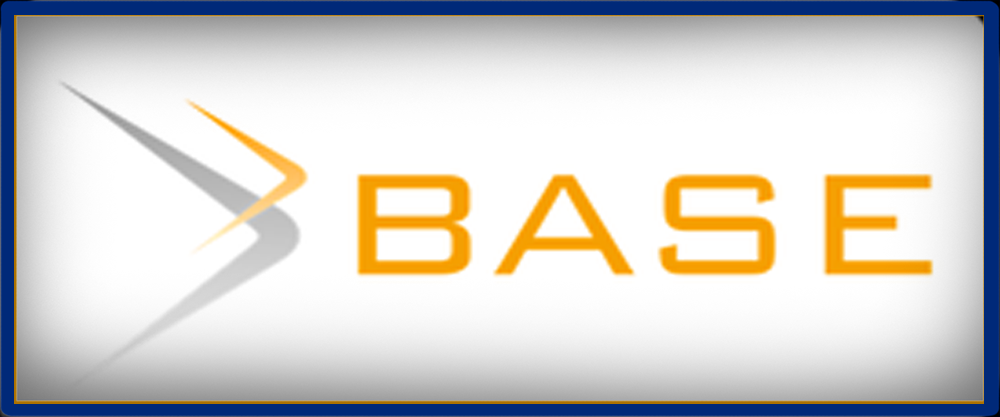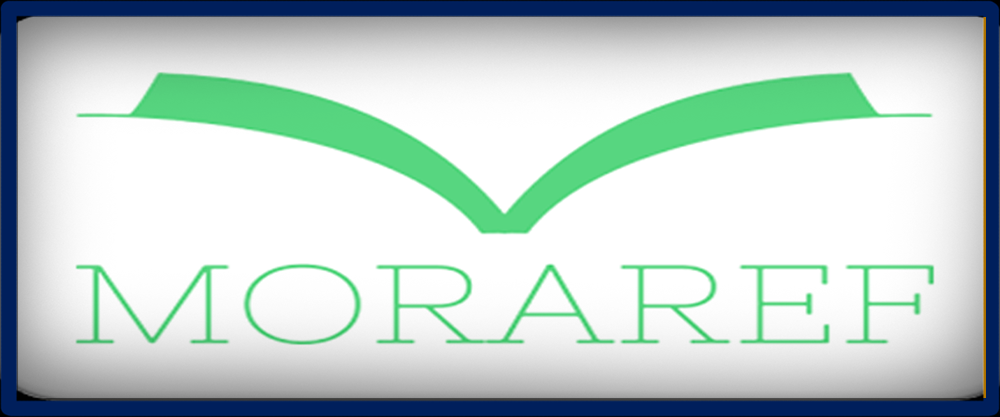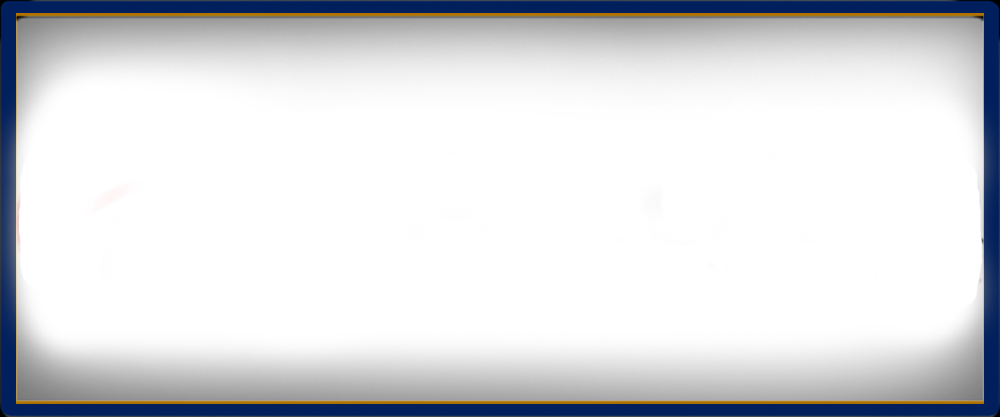WAKAF DAN KEADILAN: DARI TEKSTUALISME TERHADAP YURISPRUDENSI SOSIAL
Abstract
The Qur'an and Hadith are the most important sources of norms for Islamic society. Hence this article tries to first refer to the scriptures. Then, empirically proves that understanding the Qur'an and Hadith to extract its essence as a moral and normative guide (as in the case of waqf) works in various methods. One of them is sociological jurisprudence. This research found that the text of the Al-Qur'an and Hadith regarding waqf has been interpreted beyond its textuality. It is because and for the sake of justice to achieve social benefits. This interpretation is validated by government decrees and is widely practiced by the Indonesian Muslim community. Thus, the text has been understood and translated more broadly. Reading text through sociological jurisprudence implies reading text in various stages: text, reader, writer (disclosure), and last but not least the social impact and its surroundings (utility).
Abstrak
Al-Qur'an dan Hadits adalah sumber norma yang paling penting bagi masyarakat Islam. Karenanya artikel ini mencoba terlebih dahulu merujuk pada tulisan suci. Kemudian, secara empiris membuktikan bahwa memahami Al-Qur'an dan Hadits untuk mengekstraksi esensinya sebagai pedoman moral dan normatif (seperti dalam kasus wakaf) bekerja dalam berbagai metode. Salah satunya adalah yurisprudensi sosiologis. Penelitian ini menemukan bahwa teks Al-Qur'an dan Hadits tentang wakaf telah ditafsirkan di luar tekstualitasnya. Itu karena dan demi keadilan untuk mencapai manfaat sosial. Penafsiran ini disahkan oleh keputusan pemerintah serta dipraktikkan secara luas oleh masyarakat Muslim Indonesia. Dengan demikian, teks telah dipahami dan diterjemahkan lebih luas. Membaca teks melalui yurisprudensi sosiologis menyiratkan untuk membaca teks dalam berbagai tahap: teks, pembaca, penulis (penyingkap), dan yang terakhir tetapi tidak sedikit dampak sosial dan sekitarnya (utilitas).
References
Abu al-Fajr,(1319) al-Sharh al-KabÄ«r ‘alÄ Matan al-MughnÄ«. Kairo: Dar Amirah,.
Aiz,Muhammad.(2017) Praktik IstibdÄl Wakaf Saham pada Tabung Wakaf Indonesia. Jakarta: Cinta Buku Media.
Al-Ghazali. (1997) al-MustasfÄ min Ilm al-Uṣūl. Beirut: Dar al-Fikr.
al-Hasani al-Azhar,Basri Bin Ibrahim. (2011)MaqÄá¹£id al-Sharī’ah According to Qaradhawi in the Book al-HalÄl wa al-HarÄm fi IslÄm. Internasional Jurnal of Business and Science, Vol. 2, No.1, Januari 2011. Debates on Legal Reasoning Throughout the Jurisprudence, The Journal of International Social Research, Vol.4, No. 1.
al-Ra’yi,Hilal. (1335) Waqf al-Hilal. Kairo: Majlis Dairah al-Ma’arif al-Uthmaniyyah Haidar al-Dakhnu.
Al-Shatibi. (1997) al-MuwÄfaqÄt. Beirut Dar Ibnu Affan.
Askari,Hossen. (2017) The Principle Foundation of an Islamic Economy, Banza Nazional del Lavaro, Quarterly Review, Des 2005, See http//e-resources.pepusnas.go.id/Library. Accessed on 19 Sept.
Bakar,Alyasa Abu. (2003) Sharī’ah Islam di Provinsi NAD: Paradigma, Kebijakan dan Kegiatan, Banda Aceh: Dinas Syariat Islam NAD.
Bowen,John R. (2014) Islam, Law and Equality in Indonesia: An Anthropology of Public Reasoning. Cambridge Univ. Press, 2003. Journal of Business and Management, Review Oman Chapter, Vol.3, No.9, April.
Bukhari,Imam. (1991) á¹¢ahih BukhÄri. Beirut: Dar Ihya Ulum Turats al-Arab.
Cormick,Neil Mac. (1978) Legal Reasoning and Legal Theory. Oxford: Clarendon Press.
D. Shesthopalets, (2013) “Interpretation of the Term Muhkama>t dan Mutasa>bihat in Medieval Qur’anic Exegesis,†Journal of Qur’anic Studies.
Direktorat Pemberdayaan Wakaf dan Direktorat Jenderal Bimbingan Masyarakat Islam. (2008) Paradigma Baru Waqaf di Indonesia. Jakarta: Kemenag RI.
El-Awa, Salwaa. (2006) Textual Relations in the Qur’an: Relevance, Coherence and Structure. London & New York: Routledge.
Fahruroji.Pengembangan Harta Benda Wakaf dengan IstibdÄl: Studi Kasus IstibdÄl
Friedman,Lawrence M. (1975) The Legal System: A Social Science Perspective, New York: Russel Sage Foundation,
Goldfeld, Yesyayahu.(1988) “The Development of Theory on Qur’anic Exegesis in Islamic Schoolarship,†Studia Islamica.
Hanafi,Hassan.Hermeneutic, Liberation and Revolution, Cairo: Dar Kebaa Bookshop,
Hart,H.L.A. (1972) The Concept of Law, Oxford: Clarendon Press Oxford Univ, Press.
Hasan,Talhah. (2009)IstibdÄl dan Harta Benda Wakaf.al-AwqÄf Jurnal Waqaf dan Ekonomi Islam, Vol.2, No.3, Agustus.
Ibn Mandzur. (1996) LisÄn al-‘Arab. Makkah al-Mukarromah: Dar al-Baz.
Ibrahim,Abu FadlMuhsin.Vaccination in the Context of MaqÄá¹£id al-Sharī’ah, Arabian
Ibrahim, Muhammad Bakri Bin.(1990) Pelakasanaan Skim Wakaf Tunai oleh Yayasan Wakaf Malaysia, Jurnal Jawhar Vol.2, No.1, Januari 2008.Negara Kita. Jakarta: Citra Aditya Bakti,Tim Penulis, Panduan Pemberdayaan Tanah Wakaf Produktif Strategis di Indonesia. Jakarta: Departemen Agama, 2008.
Karic, Enes. (1997) “Interpretation of the Qur’an and the Destiny of the Islamic Wordâ€, Islamic Studies , Vol. 36 No 1. Spring.
Kesign,Salih.A Critical Analysis of the Schacht’s Argument and Contemporary
Kohls, John.& Christensen,Sandra L. (2002) The Business, Responsibility for Wealth Distribution in Globalized Political Economy, Journal of Business Ethics, Vol.2, No.3, Februari.
Lawrence, Bruce. (2006) The Qur’an: A Biograhy. New York: Atlantic Monthly Press.
Lewinstein, Keith. (1994) “Notes on Eastern Hanafie Heresiographyâ€, Journal of the American Oriental Society, Vol. 114 No.4.
Lowry, Joseph E. “The Legal Hermeneutics of al-Sha>fi’i> and Ibn Qutayba: A Reconsiderationâ€, Islamic Law and Society, Vol. 11, No. 1, 2004.
McLeod,Ian.Legal Method. London: Macmillan PressLtd, 1996.
Muhammadun, Muhammadun. “Konsep Ijtihad Wahbah Az-Zuhaili Dan Relevansinya Bagi Pembaruan Hukum Keluarga Di Indonesia.†Syntax Literate; Jurnal Ilmiah Indonesia, vol. 4, no. 11, 2019, pp. 104–13.
Neuwith, Angelika, Nicolai Sinai and Michel Marx. The Qur’a>n in Context: Historical and Literary Investigations into the Qur’a>nic Milieu. Leiden & Boston: Brill, 2010.
Rahman, Fazlur. “Islamic Modernism: Its Scope, Method and Alternativesâ€, International Journal of Middle East Studies, Vol.I, No. 4, 1970.
Reda, Nevin. “Holistic Approaches to the Qur’an: A Historucal Backgroundâ€. Religion Compass 4, No.8, 2010.
Rippin, Andrew. “ Contemporary scholarly Understandings of Qur’anic Coherenceâ€. Al-Baya>n, No.2, 2013.
Rippin, Andrew. The Blackwell Companion to the Qur’an. West Sussex: Wiley-Blackwell, 2009.
Saeed, Abdullah. “Some Reflection in the Contextualis Approach to Ethico-Legal Text of the Qur’anâ€, Bulletin of the school of Oriental and Arfican Studies University of London, Vol. 71 No.2, 2008.
Sulong, Jasmi B. Permissibility of IstibdÄl in Islamic Law and The Practice in Malaysia. Journal of US-China Public Administration, Vol.10, No.7, Desember 2014
Undang-Undang Nomor 41 Tahun 2004 tentang Wakaf, chapter 40.
Undang-Undang Nomor 41 Tahun 2004 tentang Wakaf, chapter 41, article 1
Undang-Undang Nomor 41 Tahun 2004 tentang Wakaf, chapter 41, article 2
Volker, katharina. “Qur’an and Reform: Rahman, Arkoun, Abu Zaydâ€. Dessertation at the University of Otago, 2011.
W.Friedman.Legal Theory, London: Stevens and SonsLtd., 1953;
Wahid, Marzuki. Fiqh Madhhab Negara atasPembacaan KHI. Jakarta:UNJ Press
Wakaf di Indonesia Tahun 2007-2012 (Banten: LSIP, 2015) 100-199;
Weiss, Bernard. “Interpratation in Islamic Law: The Teory of Ijtiha>dâ€, The American journal of Comparative Law, Vol. 26, No.2, 1978.
Wieland, Rotrand. “Exegesis of the Qur’a>n: Early Modern and Contemporaryâ€. In Encyclopedia of the Qur’an. Jane McAuliffe. Leiden-Boston: E.J Brill, 2002.
William, Wesley. “Aspect of the Creed of Imam Ah}mad ibn H}ambal: A Study of Anthropomorfism in Early Islamic Discourseâ€, International of Middle East Studies,Vol. 34, No.3, 2002.
Wright, Peter Matthews. “Modern Qur’anic Hermeneuticsâ€. Dissertation at the University of North Carolina at Chapel Hill, 2008.
Zuhaily,Wahbah.al-Fiqh al-IslÄmi wa Adillatuhu. Beirut: Dar al-Fikr, 2008.













